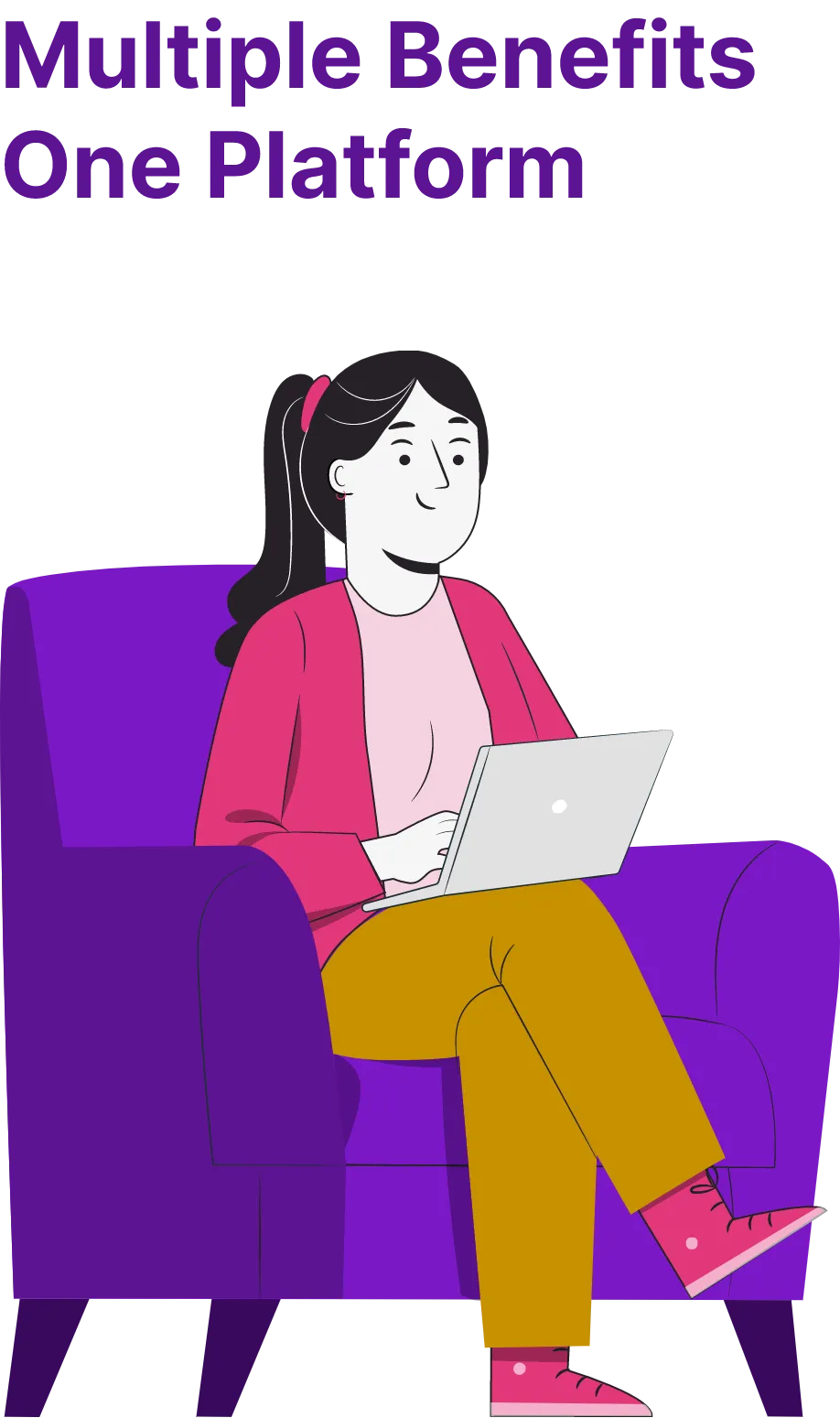Gamification in HR (Human Resources) is the application of game design elements, principles, and techniques to enhance and optimize various HR processes and functions within an organization. The primary goal of incorporating gamification in HR is to improve employee engagement, motivation, learning, and overall productivity. Here are some ways in which gamification is used in HR:
Recruitment and Onboarding:
Gamified assessments: Create interactive, game-like assessments to evaluate candidates' skills and cultural fit.
Onboarding games: Develop games or simulations that help new hires understand company culture, policies, and procedures.
Training and Development:
Learning modules: Design training modules with gamified elements like quizzes, leaderboards, and rewards to make learning more engaging.
Skill development: Encourage employees to acquire new skills through gamified challenges, workshops, or courses.
Performance Management:
Performance feedback: Use gamification to provide real-time feedback and recognition to employees who achieve specific goals or milestones.
Goal setting: Set and track performance goals with a gamified interface that allows employees to monitor progress and earn rewards.
Employee Engagement:
Recognition and rewards: Implement a points or badge system to recognize and reward employees for their contributions and achievements.
Employee feedback: Create feedback mechanisms with gamified elements to encourage employees to provide suggestions and insights.
Health and Wellness Programs:
Wellness challenges: Organize fitness and wellness challenges with gamified elements to promote healthy habits among employees.
Incentives: Offer rewards or incentives for participating in health and wellness initiatives.
Employee Surveys and Feedback:
Surveys and polls: Use gamified surveys to gather employee feedback and opinions on various HR-related topics.
Feedback mechanisms: Implement gamified feedback mechanisms to encourage employees to share their thoughts on workplace improvements.
Talent Management:
Succession planning: Identify and groom future leaders through gamified talent assessments and development programs.
Career progression: Create a gamified career path framework that motivates employees to achieve specific milestones and promotions.
Team Building and Collaboration:
Team challenges: Organize team-based games or competitions to foster collaboration, communication, and teamwork.
Virtual team-building activities: Use gamification to engage remote teams in team-building exercises.
Compliance Training:
Compliance games: Develop interactive scenarios and simulations to help employees understand and comply with regulatory requirements.
Feedback and Performance Reviews:
Peer feedback: Use gamified platforms to encourage employees to provide feedback to their peers, promoting a culture of continuous improvement.
Performance reviews: Create a gamified performance appraisal process that makes evaluations more interactive and constructive.
When implementing gamification in HR, it's essential to align the game elements with the organization's objectives and ensure that they are inclusive and not demotivating for employees. Additionally, data collection and analysis are crucial to measure the effectiveness of gamified HR initiatives and make necessary improvements.
HRs also look for
Free group health insurance consultation
With employee benefits experts to tailor the best policy for your team
Plan employee benefits with our experts
That fit your budget and expectations


